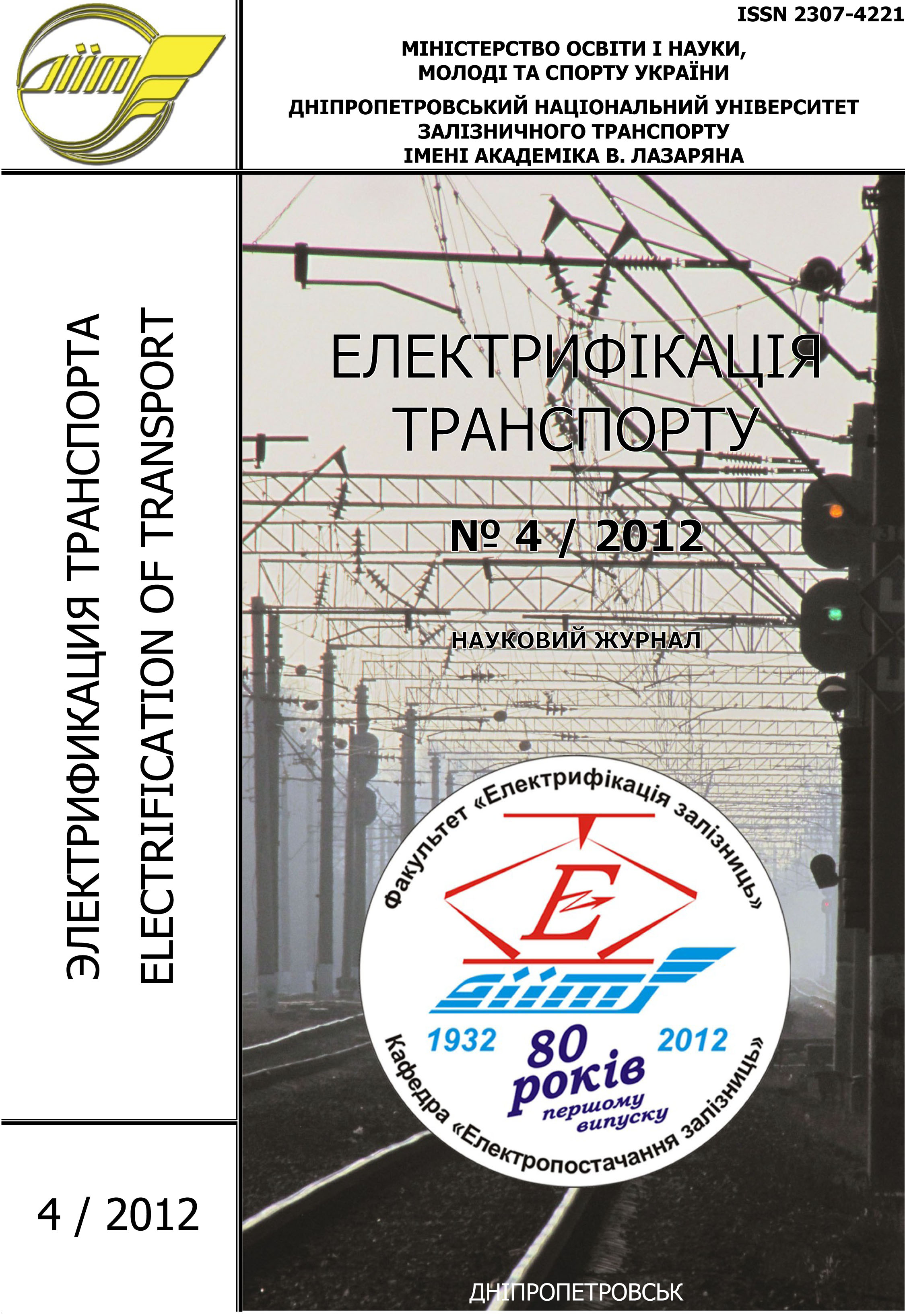Wykorzystanie symulatora systemu ERTMS do energooszczĉdnego prowadzenia pociągu
DOI:
https://doi.org/10.15802/etr.v0i4.18052Keywords:
ETCS, DMI, tests, simulations.Abstract
The consumption of electricity of rail transport is a function of many variables and can be provided by the quality of technical and organizational solutions that translate into specific investment costs (construction of rolling stock) and performance. The problem of energy efficiency in electrified transport is multidimensional and includes not only the factors affecting the level of energy consumption for the purpose of traction, but also the selection of technical measures to ensure effective, energy-efficient construction vehicles including financially justified investment outlays and operating costs, traffic organization and transportation.
Comparing the different configurations of the above factors, we can analyze the possibility to optimize ener-gy consumption by moving the issues of training programs and energy-efficient driving simulators.
According to the authors simulators can be used to study energy-efficient train driving cases. In this article it’s presented the possibilities of ETCS and DMI for studying the energy effective solutions for railways. Design and development of the DMI is an open issue for the solutions proposed by industry and the presented design philosophy that has been adapted by passing industry. DMI analyzes the flow of information and decide which information to show, which color is to be applied, when is necessary to use a sound. ETCS simulator is an ideal tool for the following purposes - knowledge of the system; demonstration of the system; tests (analyzes of op-erational proposals for implementation); validation; training.
References
European Train Control and Protection System Report from the High-Level Working party on High-Speed network/Train Control and Protection Study Group. European Commission, Directorate-General for Transport, Doc. VII/301/90-EN 1, December 1990
ETCS European Train Control System – Project Declaration. UIC/ERRI A200, Ultrecht, January 1992
ETCS – The new standard train control system for the European railways. UIC/ERRI A200, August 1993
ERTMS/ETCS Functional Requirements Specification FRS. European Railway Agency, ERA/ERTMS/003204, June 2007
Hürlimann G. Die Eisenbahn der Zukunft – Automatisierung, Schnellverkehr und Modernisierung bei den SBB 1955 bis 2005 (Railway of the future – automation, high-speed train service and modernisation at SBB). Chronos Verlag, 2007
Master Plan for Development and Pilot-Installations of the European Rail Traffic Management System. European Commission, Directorate-General for Transport VII-E3 Research & development, 7 May 1996
Rookmaaker P., Verheef L.W.M., Vorderegger J.R. ETCS MMI – The Man Machine Interface of the European Train Control System. ERRI, Ultrecht, Febru-ary 1996
Szeląg A. Rola rozwiązań technicznych pojazdów i sposobu ich eksploatacji w ograniczaniu zużycia energii przez pojazdy kolejowe. Seminarium „Techniczne, prawne i finansowe aspekty zakupów i modernizacji taboru kolejowego”, Warszawa, 22-23 marzec 2007
Tamarit J., Winter P. Trials for Demonstration of Interoperability of ETCS components. Signal+Draht 9/2000, str. 41-49
Thies H., Wik A. SBB’s FFS Pilot Project – The first application of ERTMS/ETCS level 2Worldwide. Signal+Draht 9/2000, str. 50-56
Winter P. Implementation strategy for the standard European Train Control System (ETCS) illustrated by the example of the Swiss Federal Railways (SBB). Rail International, June/July 1993
Workshop ERTMS/ETCS. UIC ERTMS Training Programme 2009, Prague, September 2009
Workshop ERTMS Simulator. UIC ERTMS Training Programme 2010, Paris, June 2010
Downloads
Published
Issue
Section
License
При направленні статті в редакцію, автор гарантує, що стаття надається для публікації уперше і раніше не була опублікована в інших виданнях повністю або частково.
Підписанням ліцензійного договору автор(и) підтверджує(ють), що має(ють) виняткове авторське право на статтю і передає(ють) невиняткові права на свою статтю видавництву журналу «Електрифікація транспорту» для публікації в черговому номері журналу. Автор(и) так само дає(ють) згоду на передачу і розміщення електронної версії своєї статті на сайтах баз даних, створюваних і поширюваних через Інтернет.
